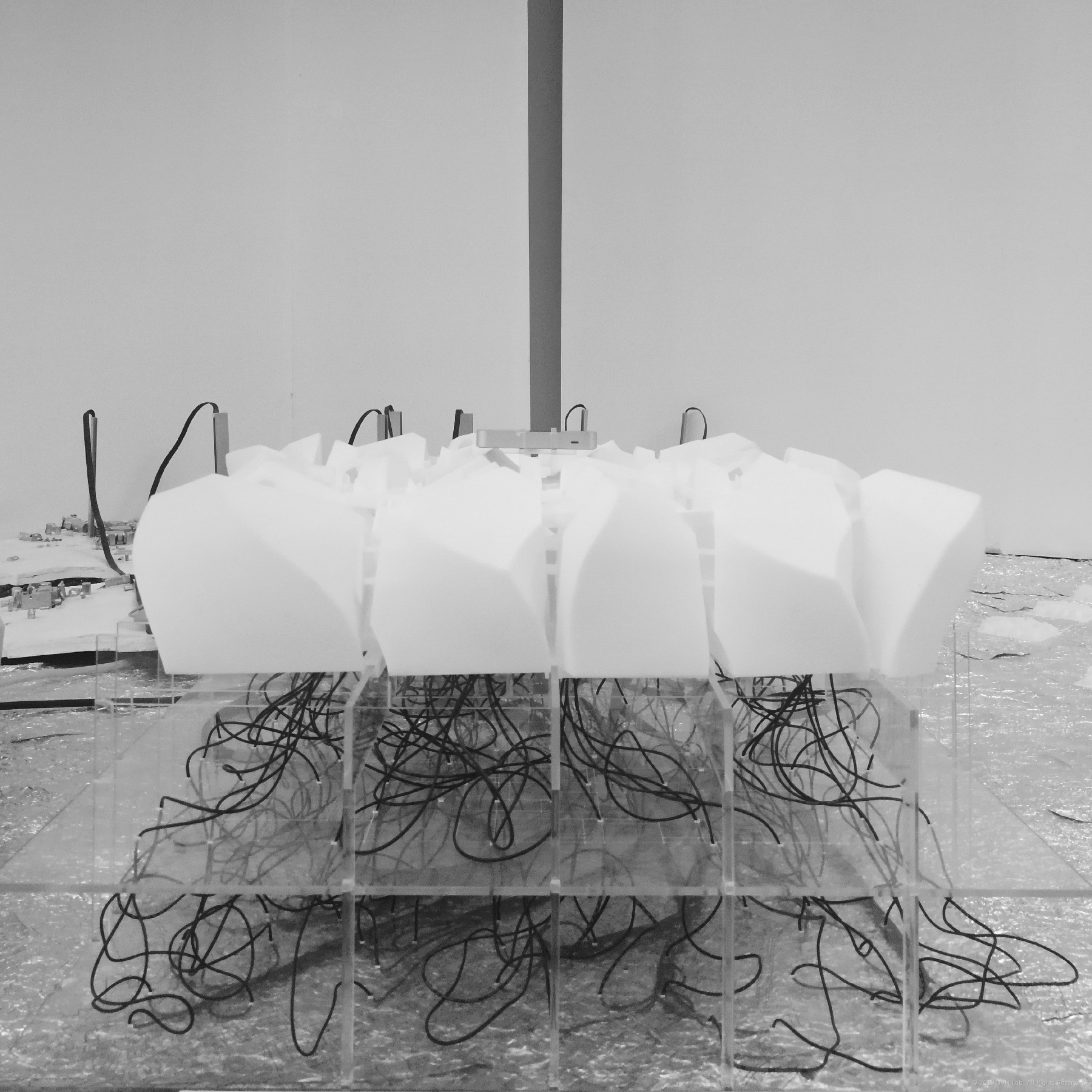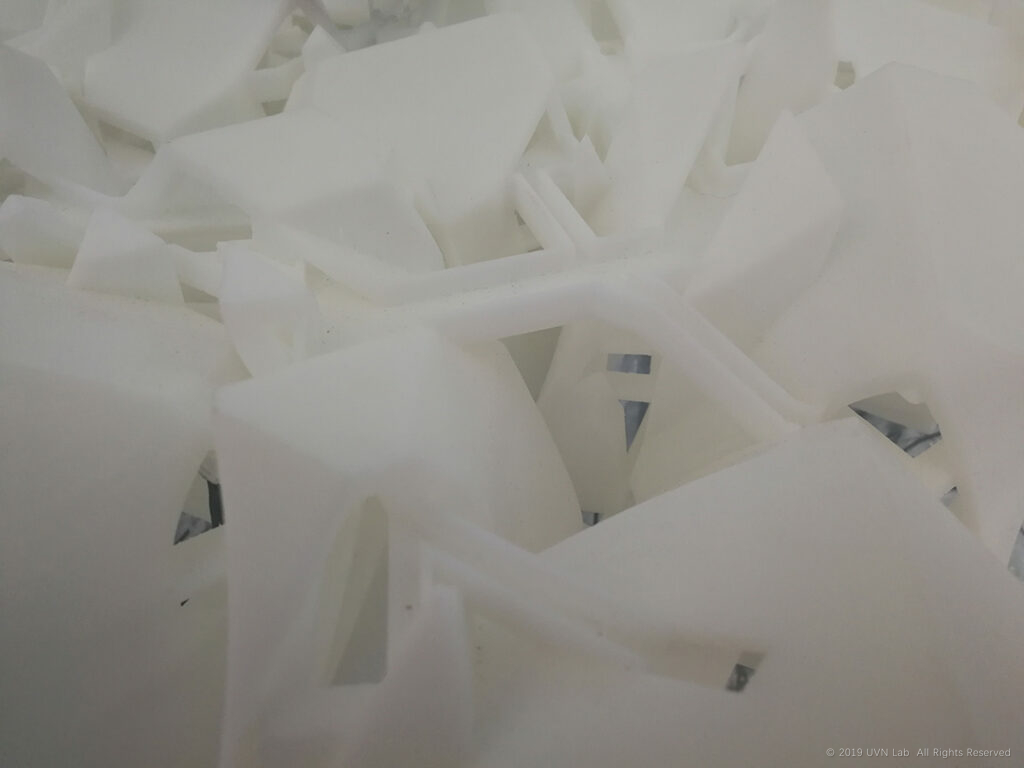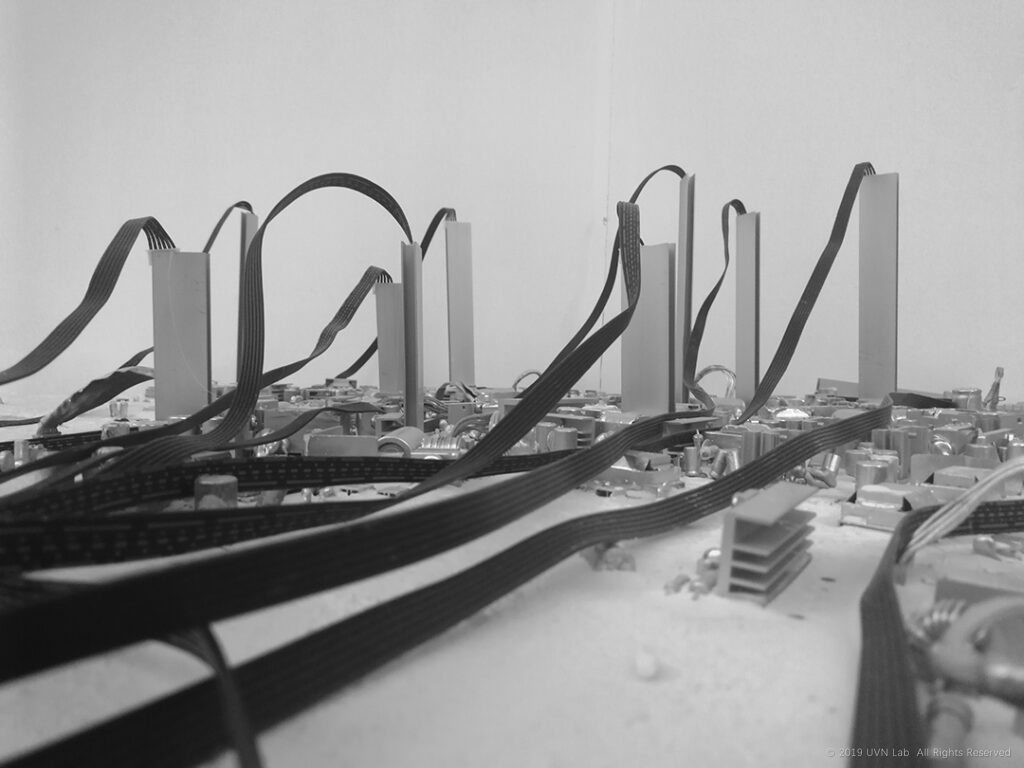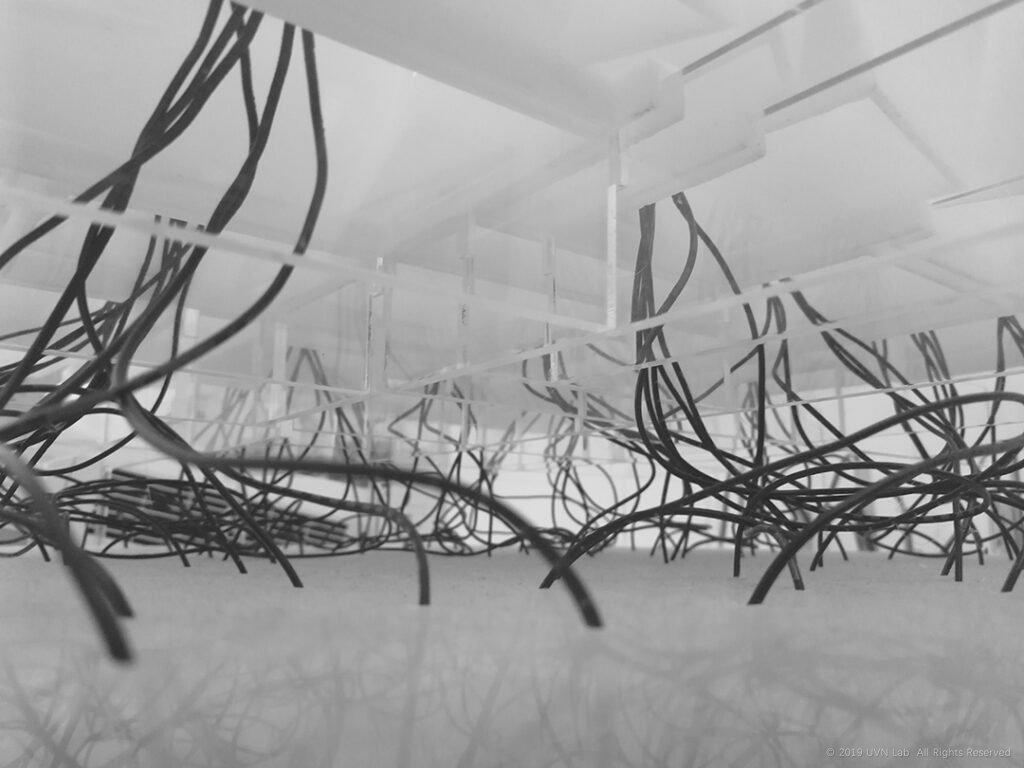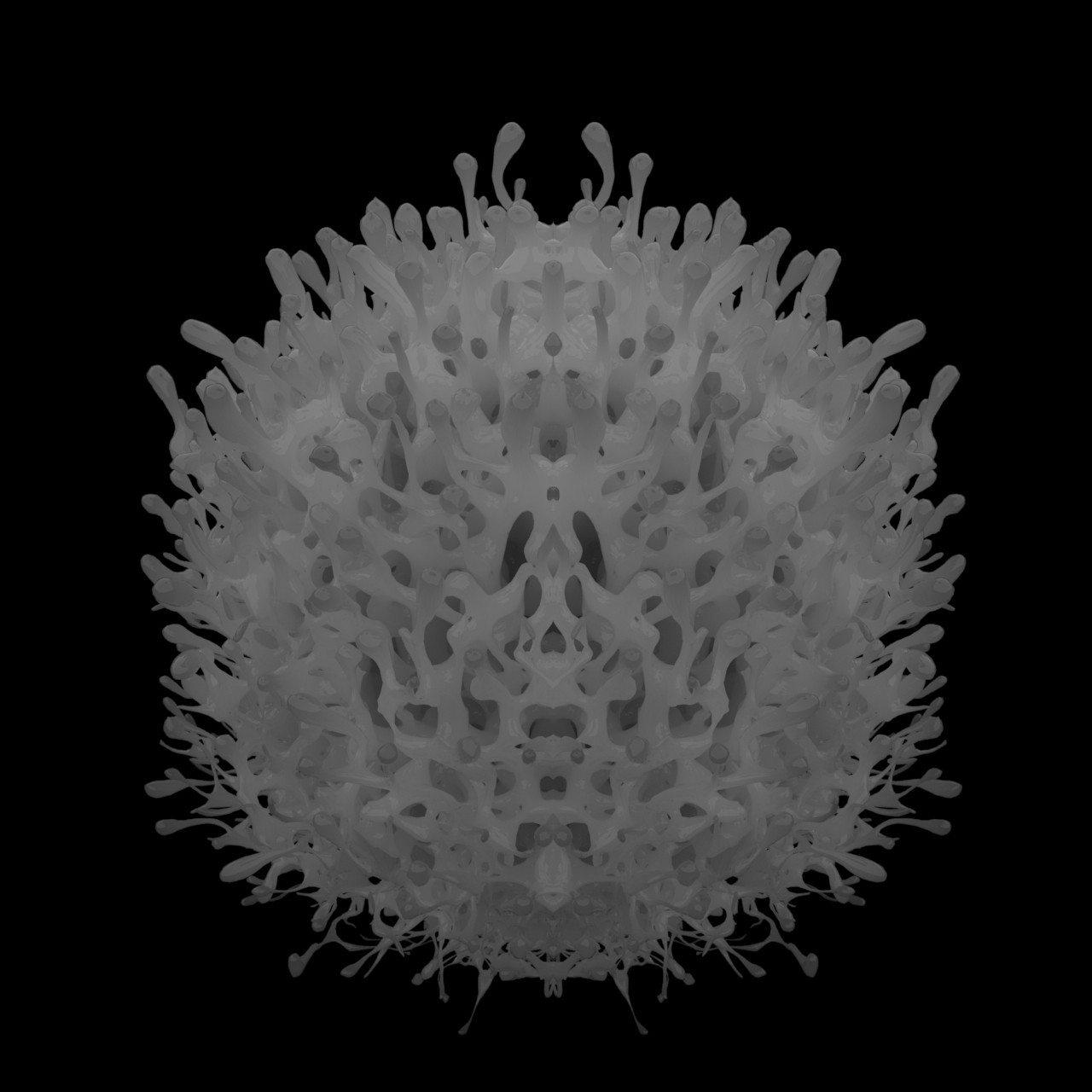“GAP +” Architectures of Sound
2019 CAFA SoA A9 Studio Graduate Design, 1st Award
2019 China 8+ Joint Graduate Design “Kulangsu Project”
2020 Gensler Diversity Scholarship
2020 YTAA Asia (Young Talent Architect Award) Shortlisted
Instructor: Yufang Zhou, Huanyu Wang, Wendong Wang, Zigeng Wang Designer: Yufan Xie
This project explores the mixing mechanism of sonic space.
By abstracting experience in GAPs on Kulangsu as a prototype, the hierarchy and mechanism of soundscape are re-composed with a Live Set framework – “Scene”, and transformed into an architecture of sound – a remote and real-time museum, to generate two parts out of Kulangsu – GAP+ and GAP-.
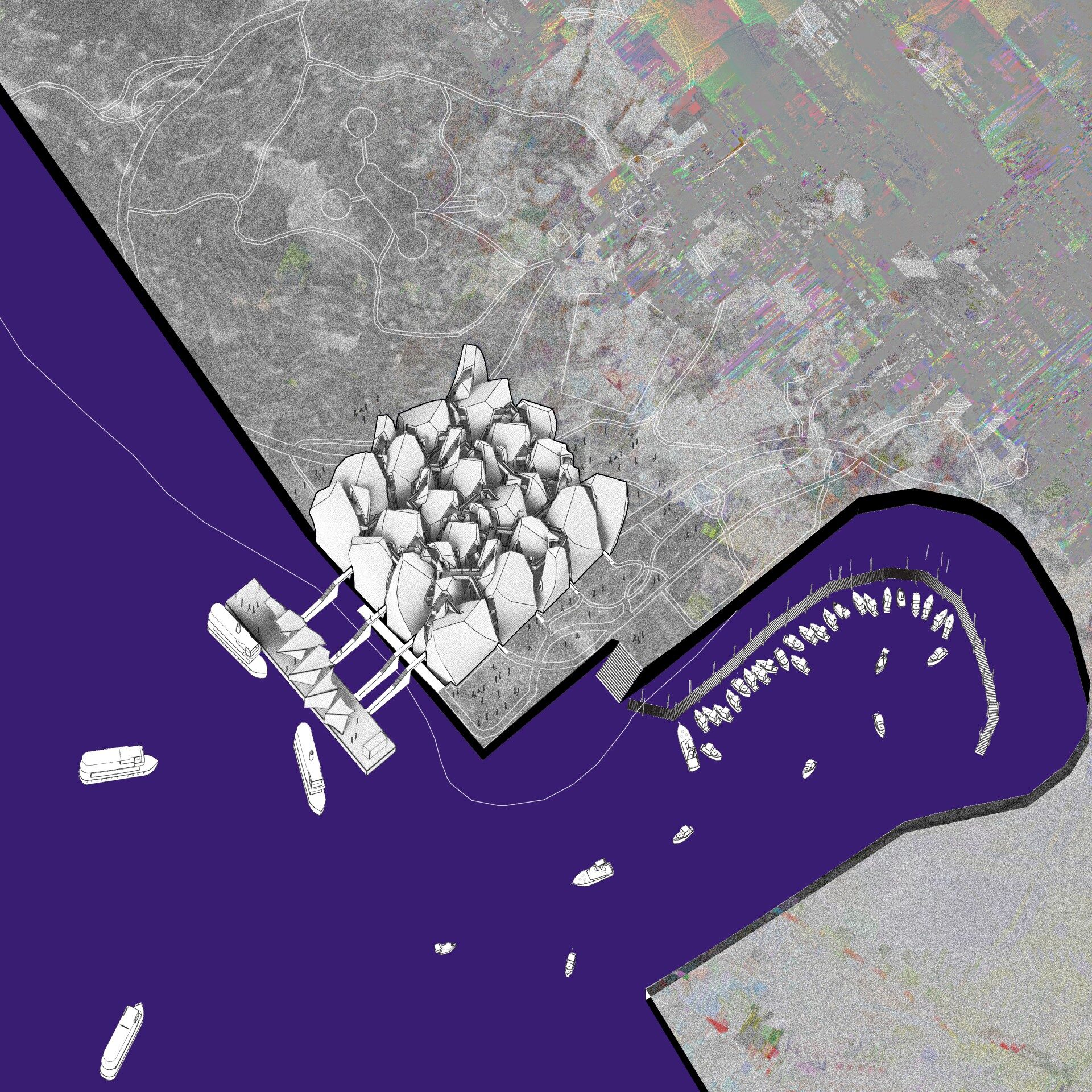
Briefin
This project explores the mixing mechanism of aural space.
By abstracting personal experience in GAPs on Kulangsu and extracting GAP as an prototype, the hierarchy and mechanism of soundscape on Kulangsu is deconstructed and re-composed. Finally, with digital method and the structure of “Scene” in Live Set (Electronic Music), I transformed it into an architecture of sound, to generate two parts of work – GAP+ and GAP-.Thus, a transformed experience is produced.
This mechanism is diversified and comprehensive, it can be an architecture(GAP+), or an installation(GAP-).Personally, architecture is such a complex system and a process of producing.They both are, wandering apart from the ontology of Kulangsu.With interaction of audience, emotionally, audience and urban space are perfectly bridged – GAP is mixing spaces inside itself, as well as between “HERE” and “THERE”
Catalogue
#1 GAP – The prototype
#2 Scene – Hierarchy
#3 GAP + Architecture of Sound
#4 GAP – Installation of Sound
About Kulangsu
While history and individual experience of city became marginalized into gaps of in digital era, the huge sounds by consumption colonized everywhere. It becomes critical to bring the rights back to individual, to intervene the city. Kulangsu is a typical example in this condition.
Kulangsu – “the Island of Piano” in southeast China, was announced as “World Cultural Heritage” in 2017, but it’s controversial between preservation and commerce. Colonial legacies replaced local culture in 20th century, became its symbol. Now fast iterating internet brands dominates the island – it is an ambiguous island colonized by “elsewheres”. What is the real Kulangsu? Who owns Kulangsu? What is our role to Kulangsu?
#1 GAP

The prototype
When I walked through Kulangsu, I noticed those GAPs – hidden behind the crowded streets, even narrower than alleys. Kulangsu is an island of GAPs – which connected spaces of houses, streets, backyards or beach.
I abstracted two prototype from GAP – a void(outside), and an object(inside).
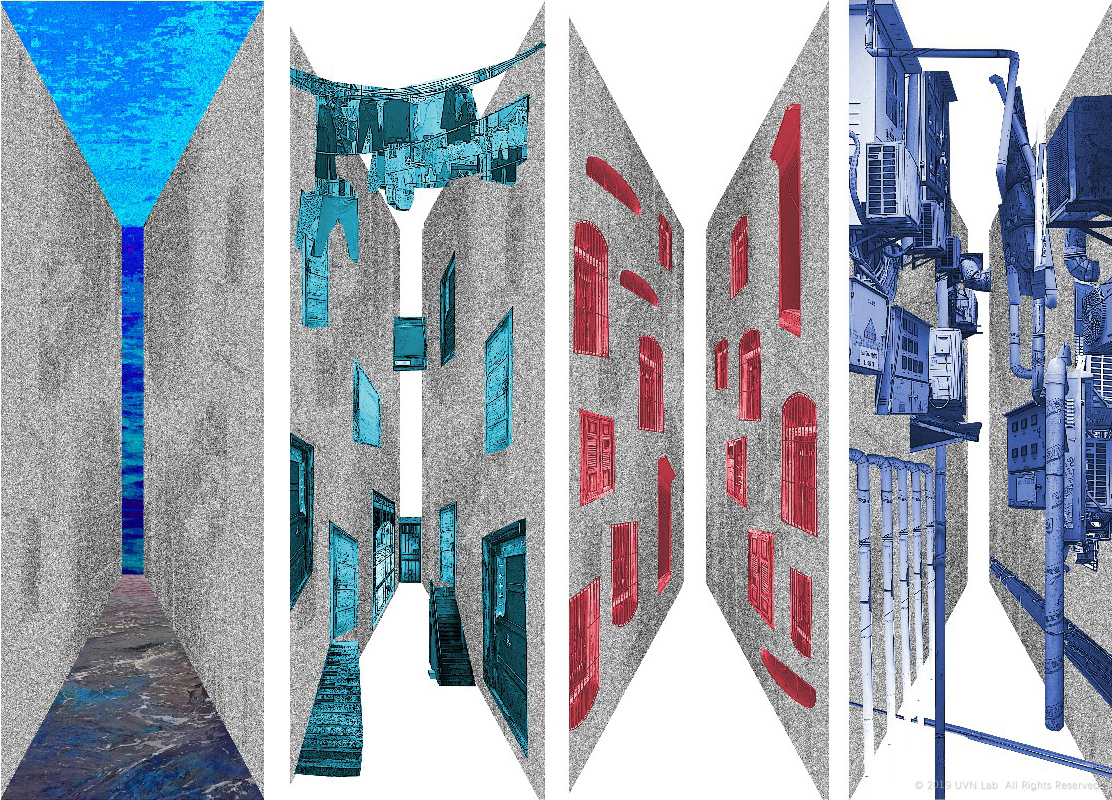
Outside the GAP
As a binary structure from point to point, the GAP connects, mix, filter and compress sound from ends. It brings us to the other side of GAP.
In GAPs, the visual space is weakened. What we could see is the ray of sky above our heads – the GAP is a devisualized aural structure. Sound fades in and out – spaces are mixed and compressed ambiguously.
Inside the GAP
What we generally see – the commercialized city is a visible Kulangsu – the invisible part inside GAPs is another Kulangsu. The GAP itself, which holds piles of infrastructures, machines and data streams, is the most sophisticated element inside the gigantic sound machine – Kulangsu.

As a medium of sound mixing, can GAP generate new aural space?
Then, based on GAP – a medium of sound mixing – is it possible to generate a new aural space? I believe that as a single component, the structure of GAP is simple, but new possibilities can be produced in a specific way – a way of 1+1>2.

In this context, what soundscape is connected and divided by GAPs?
A concept in electronic music – the “Scene” is introduced – a basic structure of “Live Set” which is different from architectural “Scene” or “Situation”. It’s a simple structure of aural attribute.
#2 Scene
Hierarchy of Sound
For me, Kulangsu is an on-going Live Set. Whatever the past or future is, whatever lived and died on this island. History is history, the space just goes on, as a non-stop show. It is the enormous “now” composed Kulangsu – we should more focus on what is happening, rather than the past. As a structure of Live Set, can GAP+ be a space of progressive tense?

Scene
Scene referes to the combination of similar ambience and sound clips in the performance of Live Set. The performance of Live Set is real-time and cyclical – by going through looping scenes of clips, the ambient is rendered to move forward. Just like the composing structure of music, the Scene is a constructive logic of sound mixing and rendering – a collage of sound.
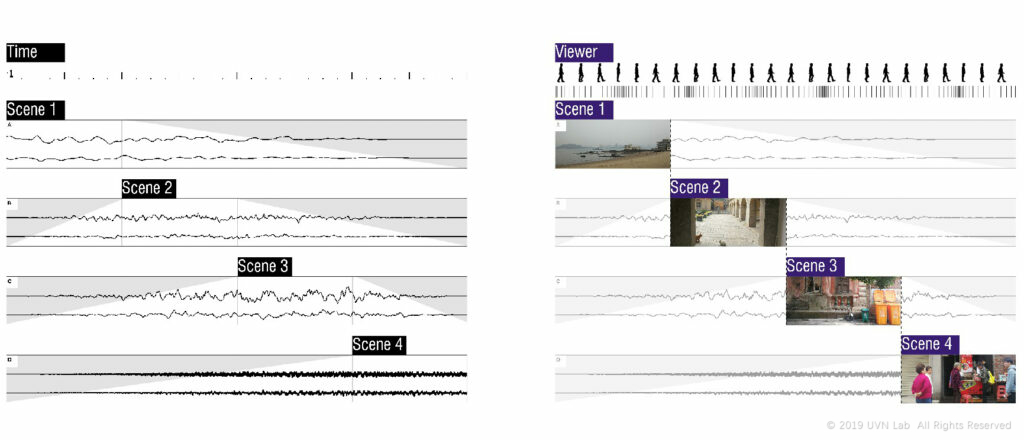
“Set Kulangsu” – our experience replaced time, becoming the storyline of composed scenes
When people walked through the GAP, through different scenes and ambiences, is same as what happens when we are experiencing the scenes of LiveSet – and GAP is the key part of mixer.
What soundscape is divided by GAP? How do we experience Kulangsu inside?
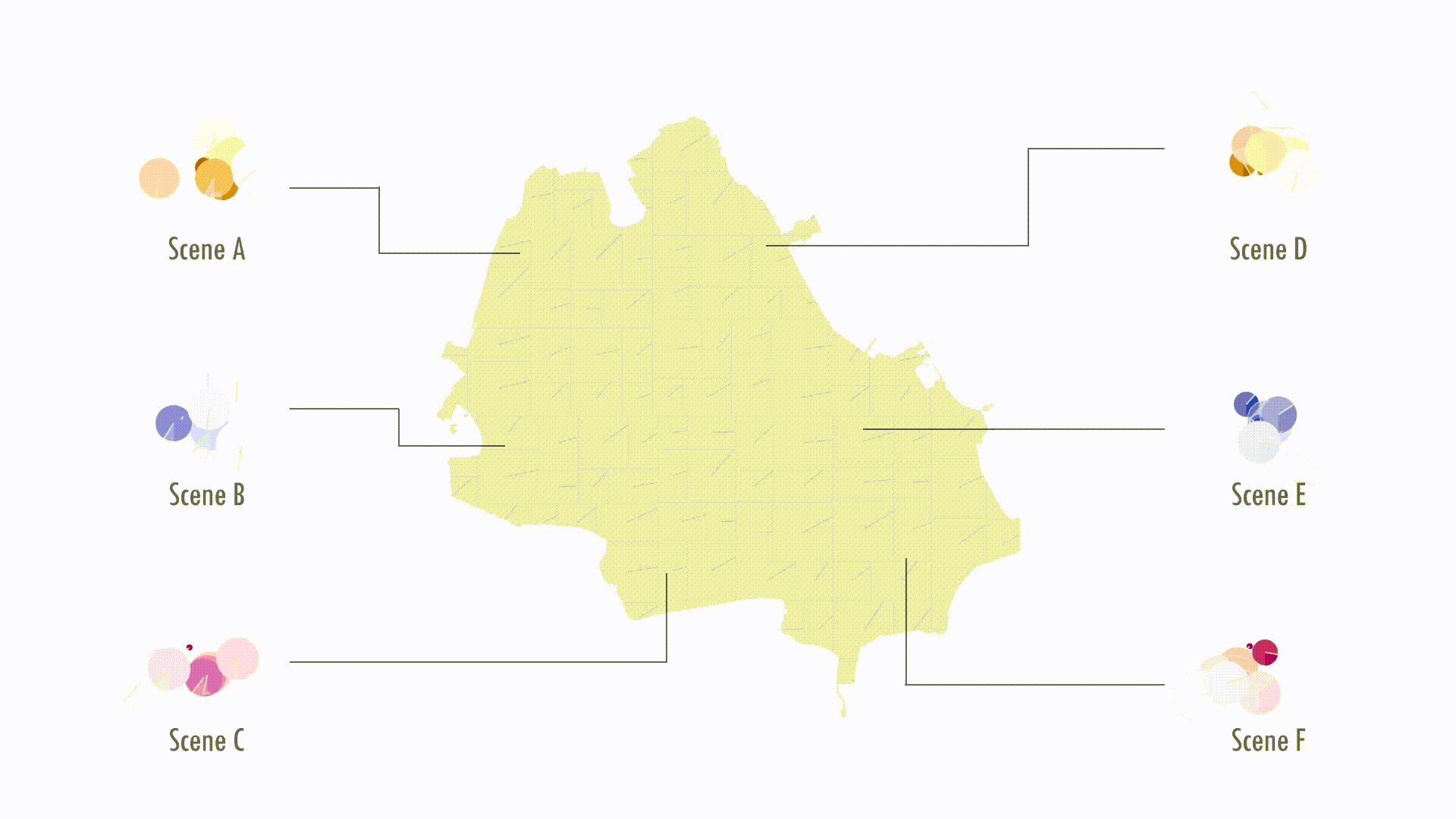


Now, comparing with the museums exhibiting piano as a dead thing –
Could this architecture of sound be a sound museum of recording and exhibiting the sound of on-going Kulangsu?

#3 GAP+
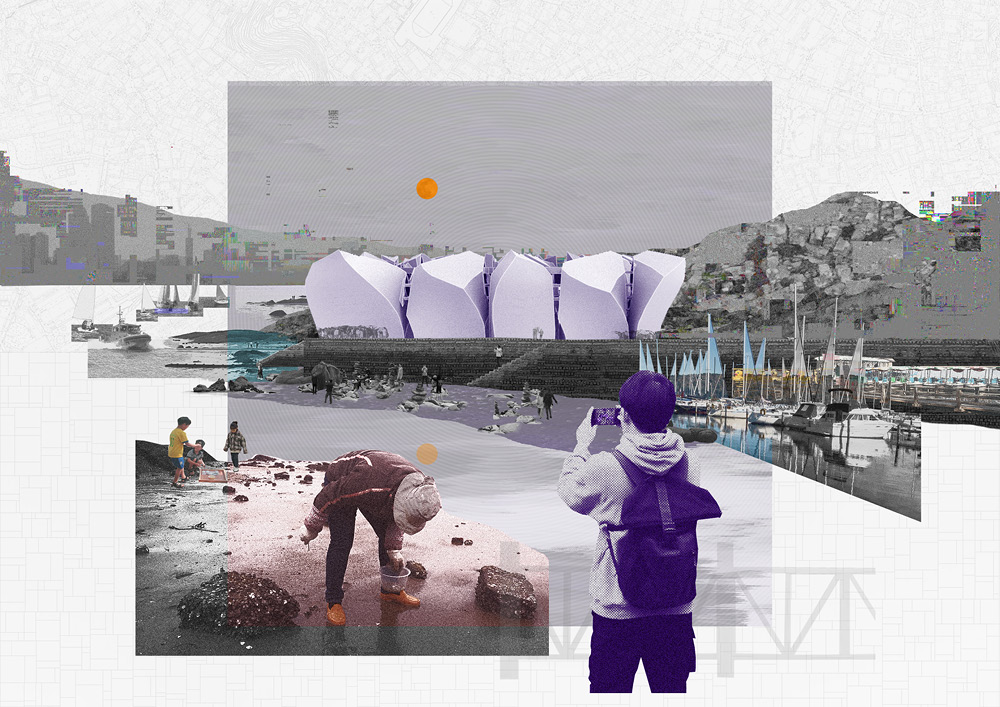
Architecture of Sound
Could this mechanism be a sound museum?
To record and exhibit the sound of on-going Kulangsu? Could audience becomes a performer of their own “Kulangsu Set”?
Here comes “GAP +” – a space projection wandering out of Kulangsu. In a simple walk, people interact with the space, and thus, emotionally connected to Kulangsu.


The Binary Tree method (Binary Tree Derivatives) was used for generating binary space system of diversified and controlled hierarchy – a space consists of GAPs.
In several iterated options, a 16*16 grid system of GAPs is chosen, to generate transformed GAP space above.
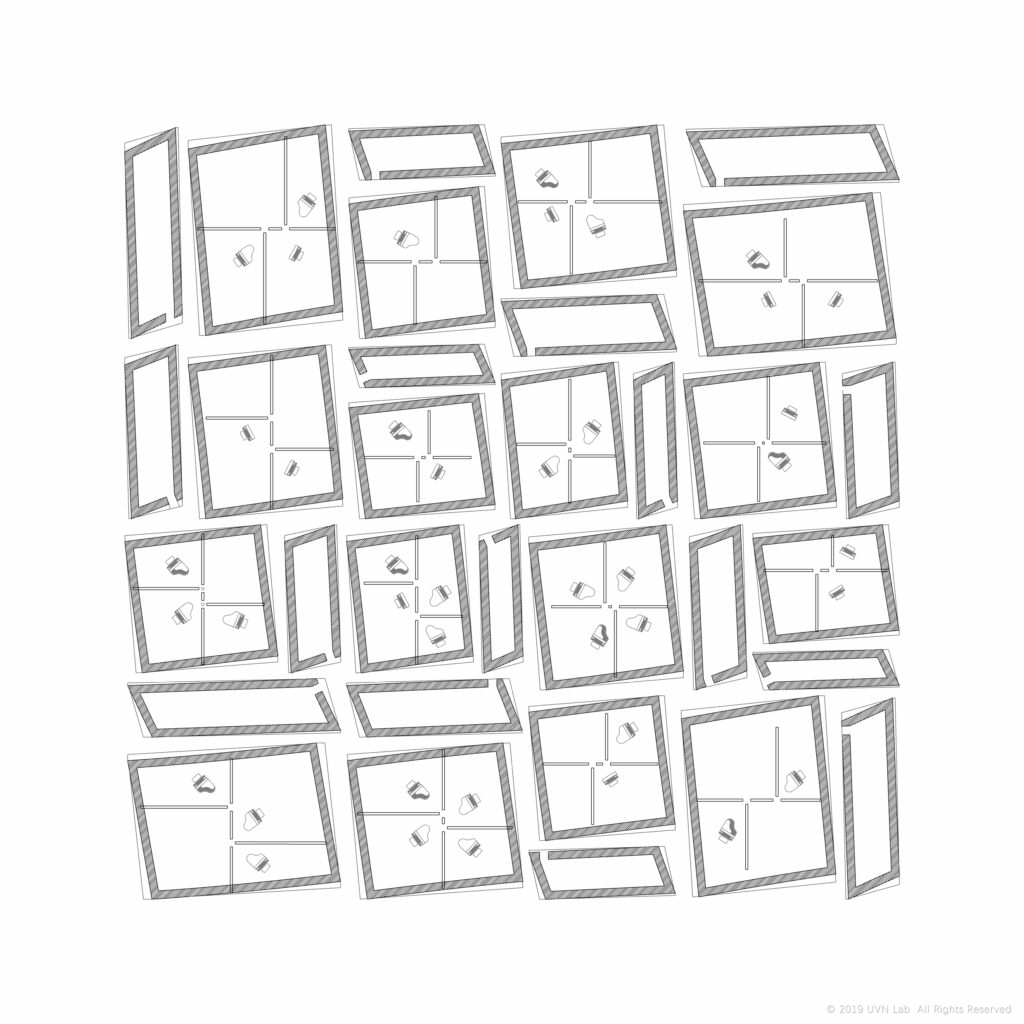
Bottom-Plan Mix: Low 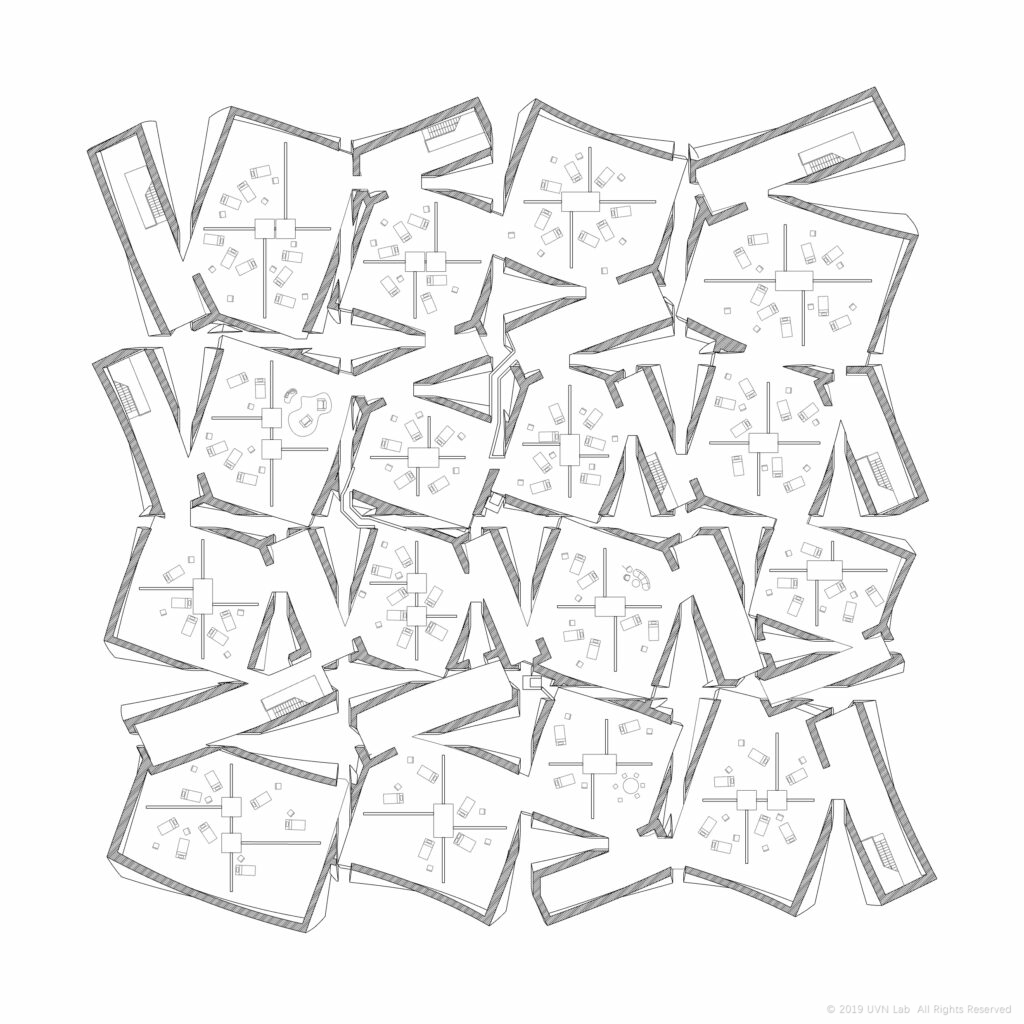
Mid-Plan Mix: Mid 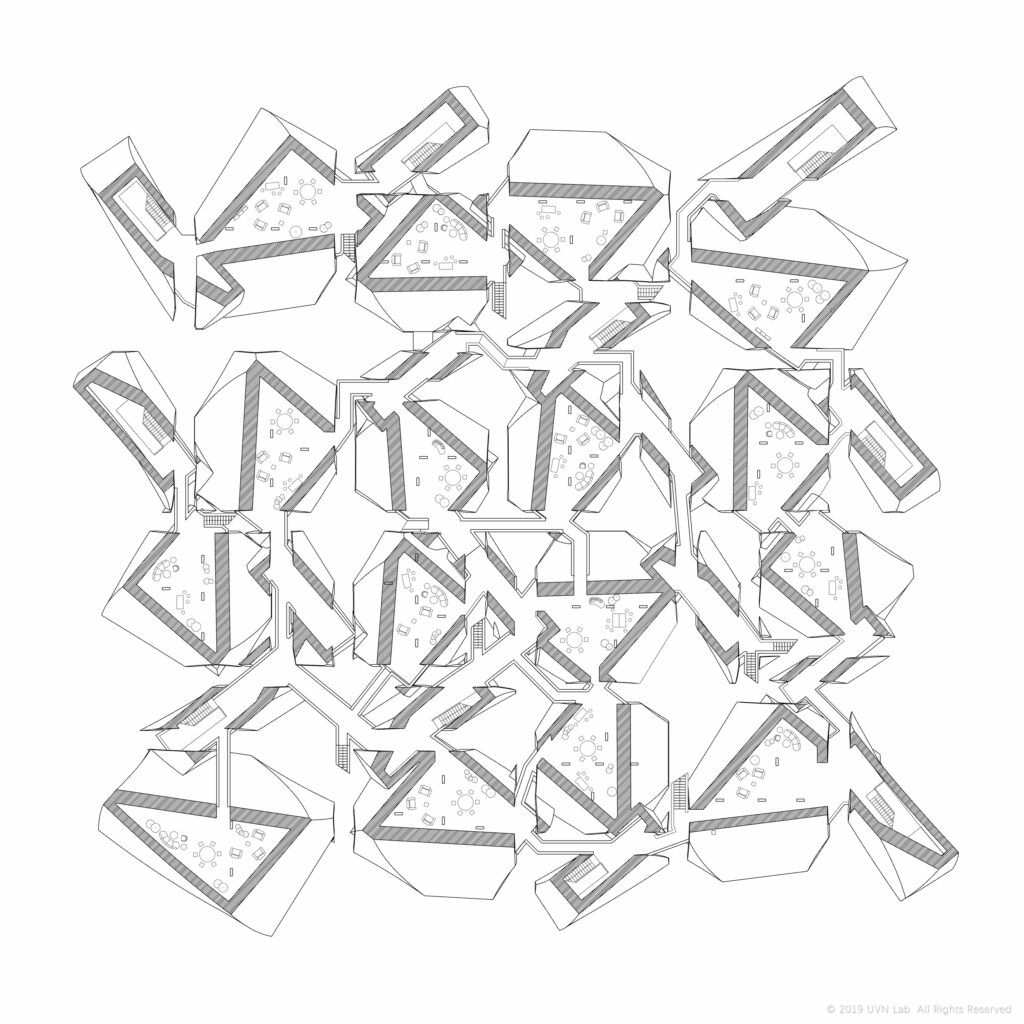
Top-Plan Mix: High 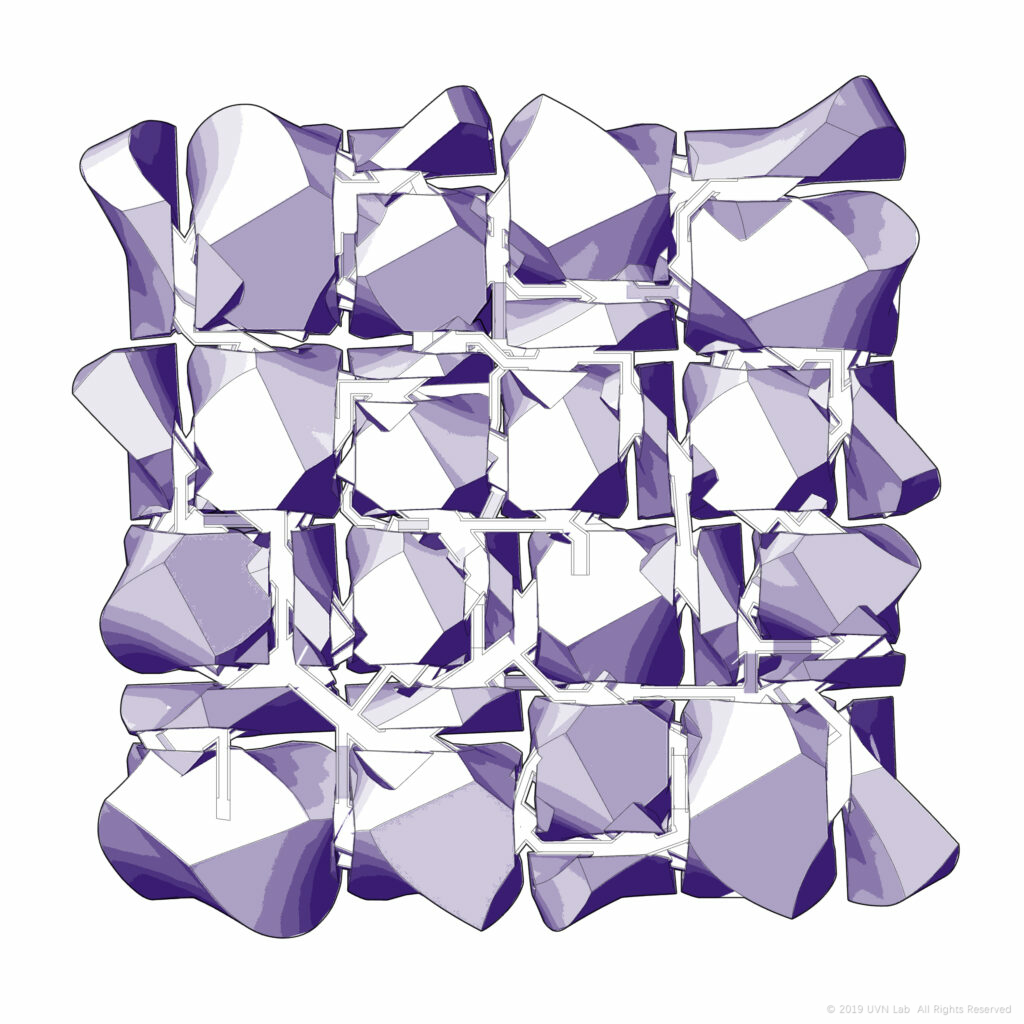
Top View
By overlapping the twisted grid with the original grid, a complex space system of holes and tunnels is generated. From bottom to the top, single spaces are gradually open and mixed together.


Different attributes of single units – shape, material and ways of reflection – produce diversified effects for the sound mixing.
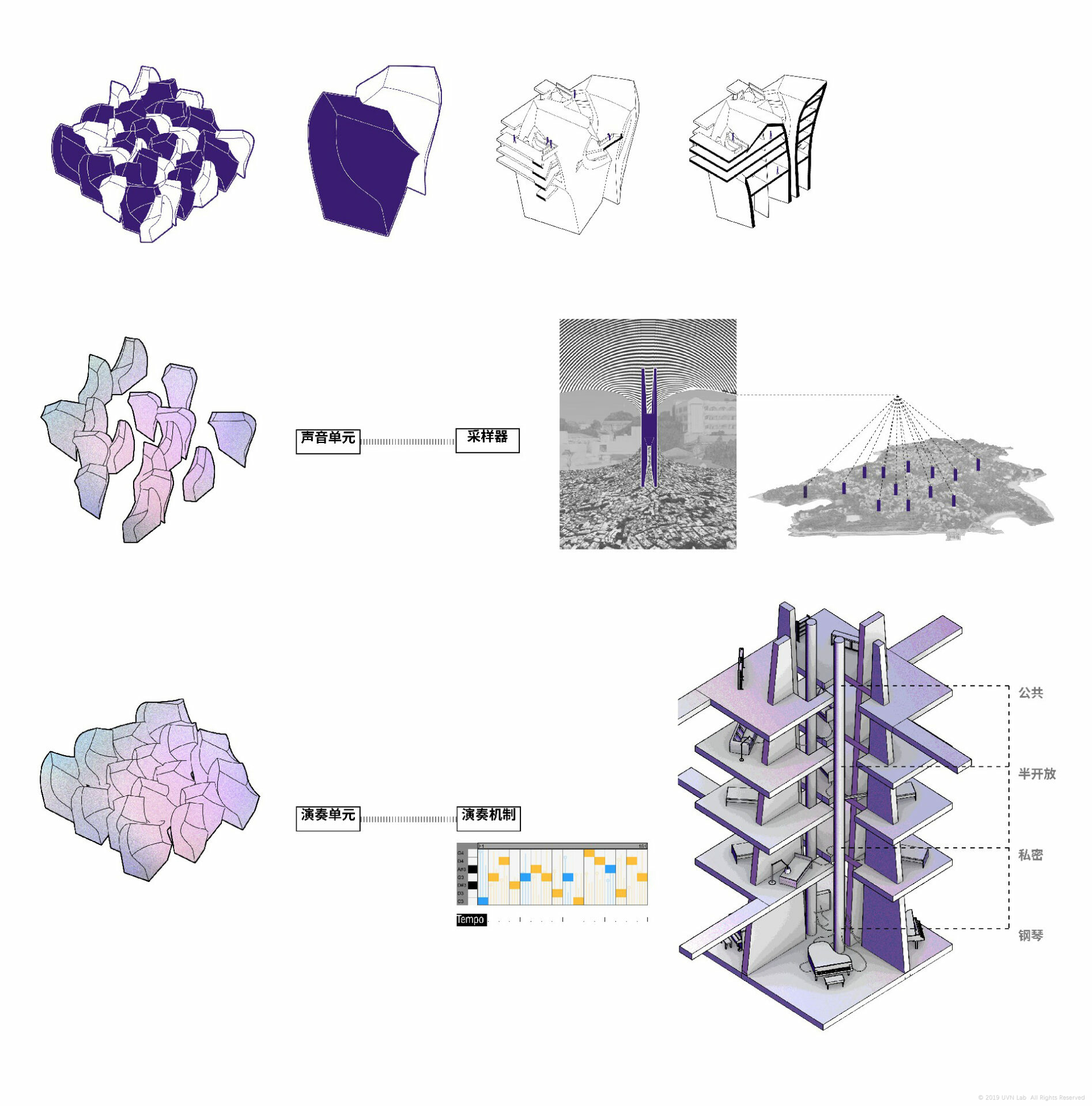
Instrument Units and Sample Units are designed in pairs, for vertical circulation and community space.
Sample Units are connected with samplers, which collect and store sound from GAPs in Kulangsu. While walking through, we are experiencing the whole Kulangsu.
Instrument Units are semi-open community spaces, new residents can become a note of the performance. The mechanism works like a Sequencer.
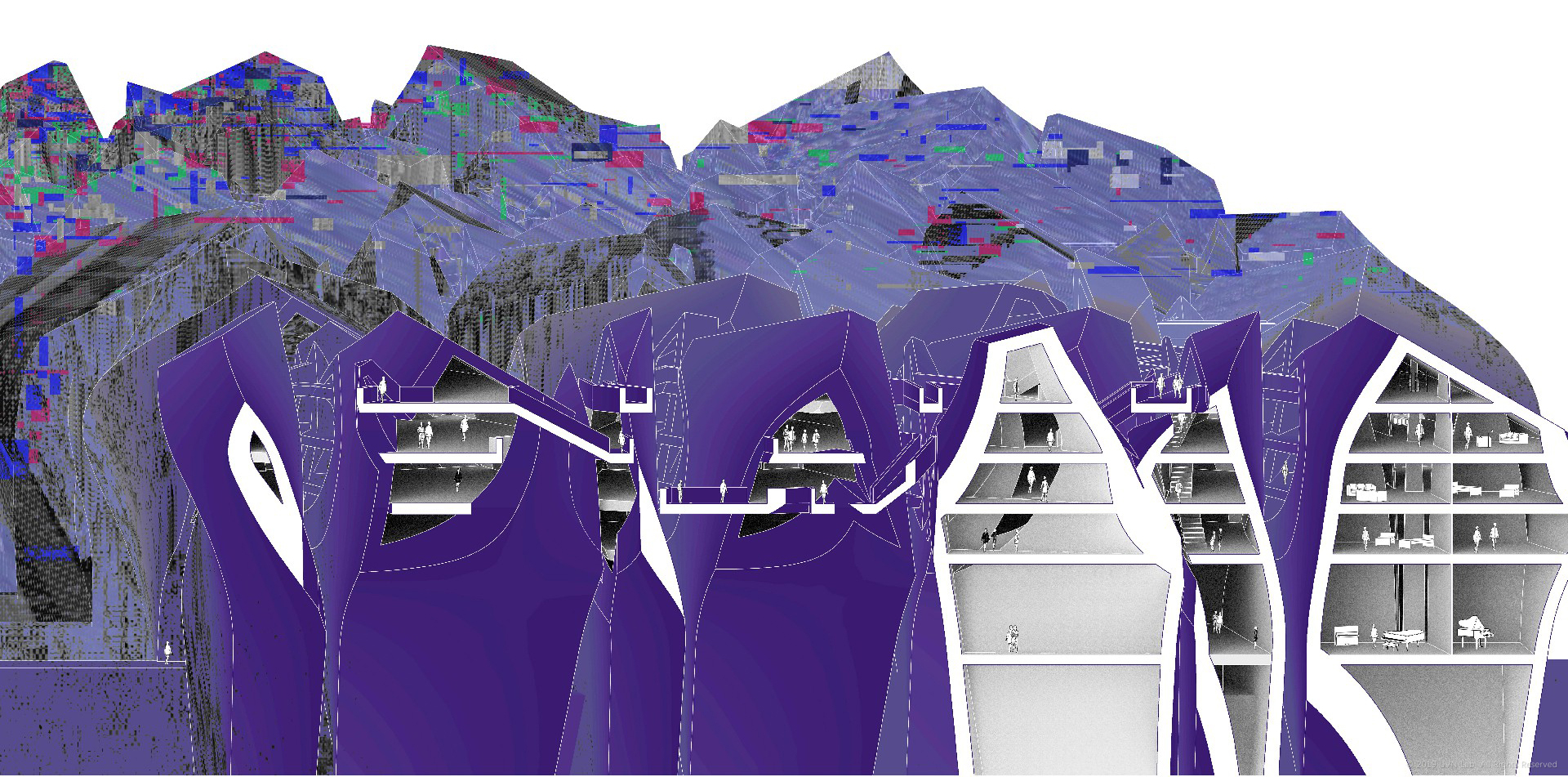

Space is awaiting – before we are attracted, and touch it. And loop breaks, time begins as we join the space – the sounds we triggerred are mixed again, for the latecomers. As we leave, the space goes back to loops.
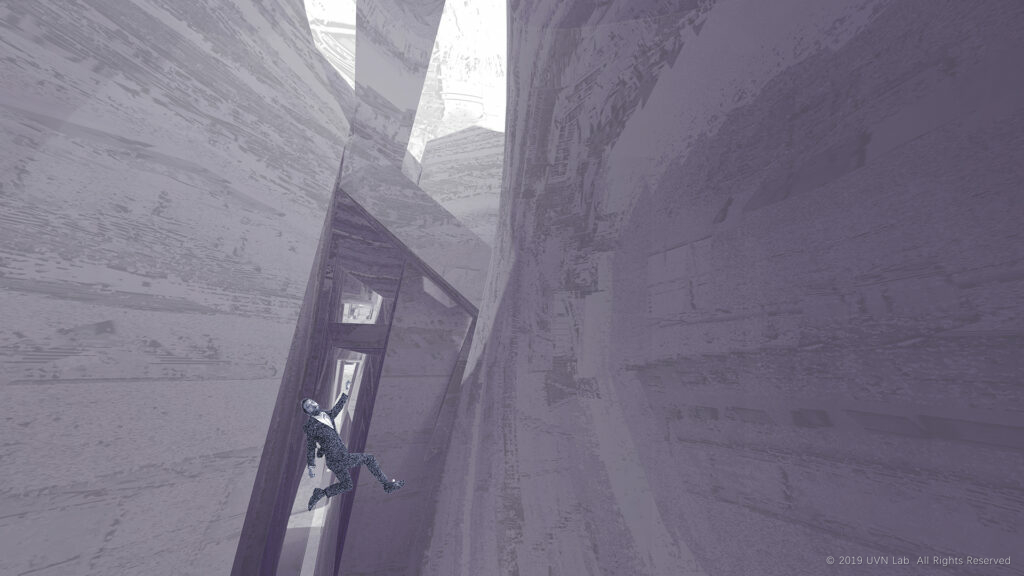
#4 GAP-
Installation of Sound
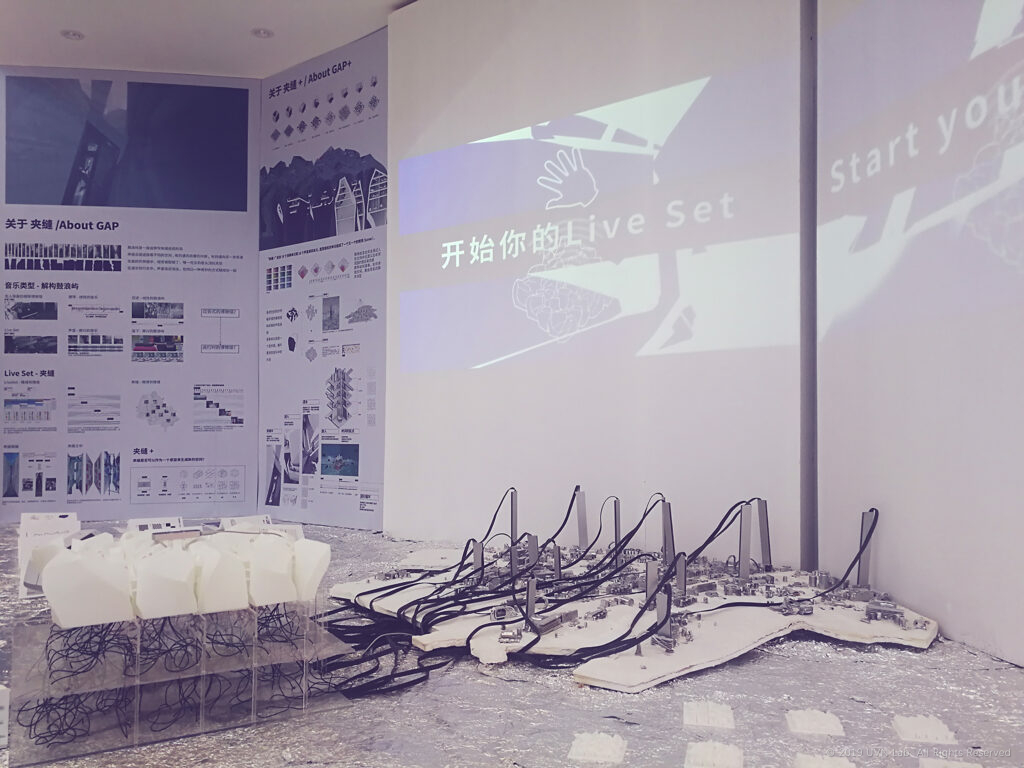
Could this mechanism be a sound installation for Live Set?
Here comes “GAP -” – another space projection wandering out of Kulangsu – an installation of sound as exhibition.
With sensors, it transforms space information to generate image and sound. By collecting sound in Kulangsu, what we play on GAP- HERE, is connected to THEREs on Kulangsu.
By waving our palm, gigantic mixed sound from Kulangsu evolves from the gap behind.
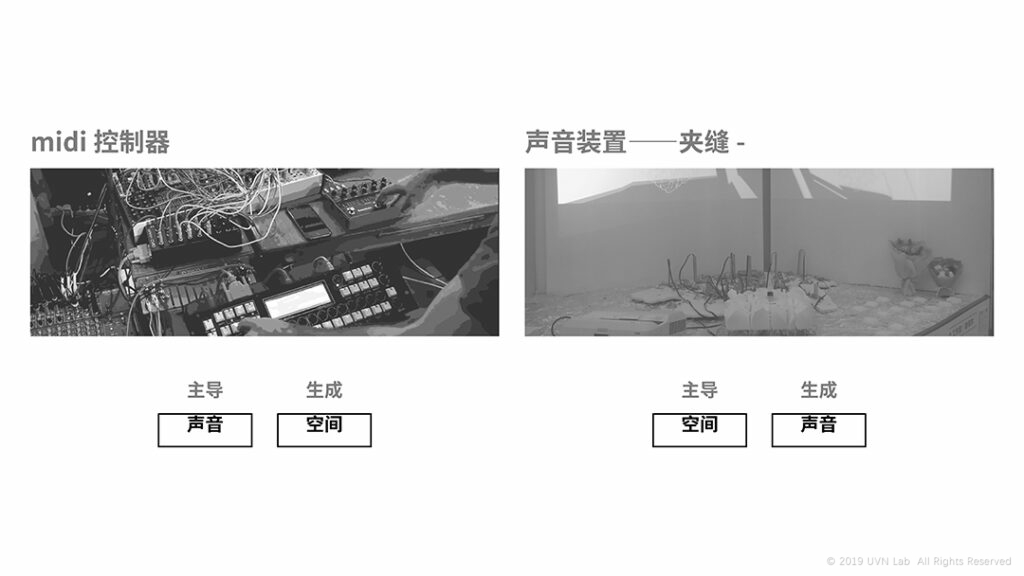
“GAP-” is similar to, but different from Theremin-like controllers
The “GAP-” controls a Live Set, in a explicit-to-implicit manner – by detecting space info, it take space as the guideline to generate sound – which is totally different from traditional midi controllers – which works as implicit-to-explicit, to generate visual and space based on the guideline of sound.
In the coordinate of “GAP-“, areas are distributed with specific ambience. In the same ambience area, there are several similar clip pools – when user re-trigger an area, the clips will be re-assigned – clips are changing, but the ambience never change.
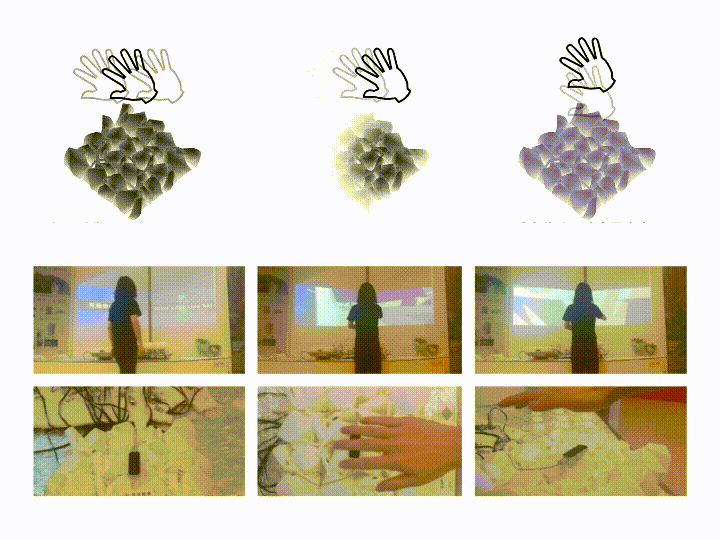
“GAP-” at exhibition
1.Wave to start LiveSet!
2. Swipe horizontally to switch clips
3. Move vertically to compress/reverb/fx
“GAP-” is a standard controller to perform a Live Set.
It’s also a remote sound museum played by audience at exhibition – the Kulangsu is HERE.
It is, a wandering part from Kulangsu itself. With interaction of audience, emotionally, audience and urban space are bridged – GAP is mixing spaces inside itself, as well as between “HERE” and “THERE”.
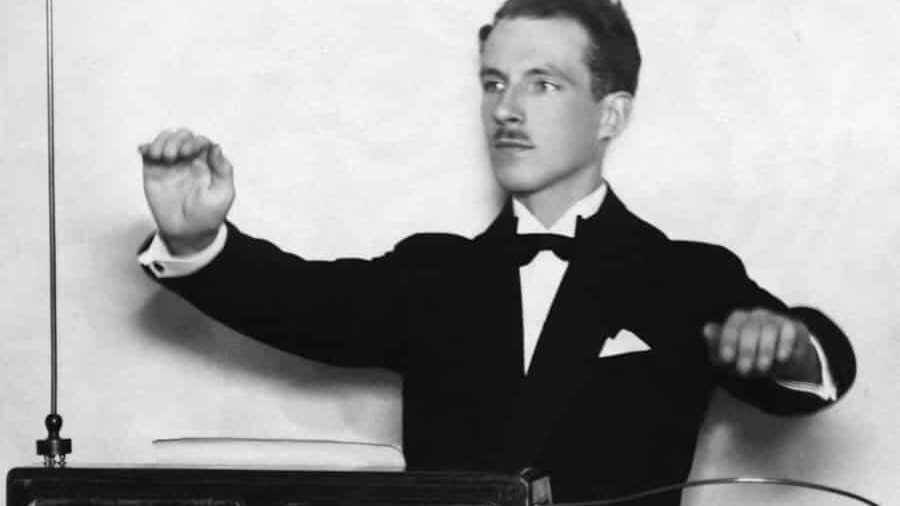
2019 Edition:
